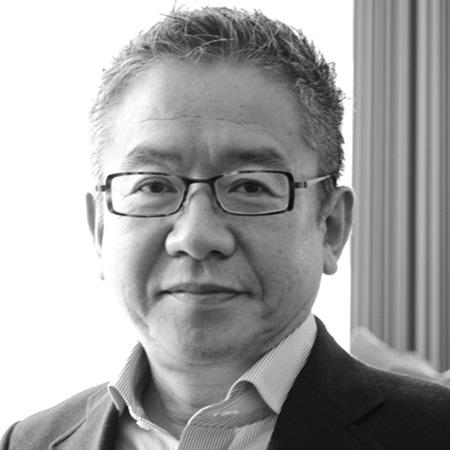
YOSHIMURA Jun-ichi
- PLACEMEDIA
- Tama Art Univ.
- Registered Landscape Architect(RLA)
| Area |
Environmental Design / Landscape Design |
|---|---|
| Sites |

| Area |
Environmental Design / Landscape Design |
|---|---|
| Sites |